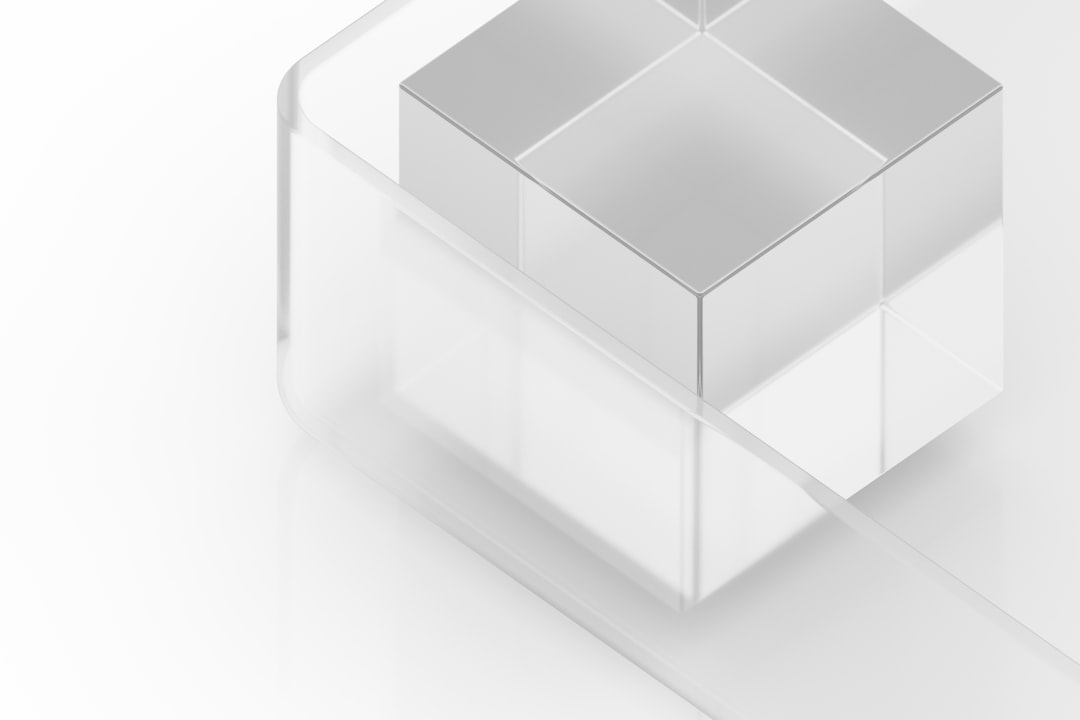So, you built a shiny new WordPress website on your local machine—congrats! 🎉 Now comes the exciting part: moving it online, live for the world to see. If the idea sounds scary, relax. It’s much easier than you think!
Table of Contents
TLDR 🤓
Moving your WordPress site from localhost to a live server is pretty straightforward. You’ll need to move your files, migrate the database, and update a few settings. Tools like phpMyAdmin and an FTP client make things simple. With a few steps and a bit of patience, your site will be live and kicking in no time.
Why Develop Locally?
Before diving into the move, let’s answer a question. Why work locally in the first place? Well, here’s the deal:
- Speed: No uploads or server delays.
- Safety: Break things without consequences.
- Privacy: No one sees your unfinished masterpiece.
But when it’s showtime, your localhost isn’t going to cut it. People can’t access your computer like they do a website. You need a host server.
What You Need to Make the Move
Before you begin, make sure you have the following:
- FTP client like FileZilla
- Hosting provider details – cPanel login, database access, etc.
- Access to phpMyAdmin both locally and on the server
- Your local WordPress site ready to go
Step 1: Export Your Local WordPress Database
This is where all your content and settings live. You’ll need to export it.
- Go to http://localhost/phpmyadmin
- Select your WordPress database
- Click Export
- Choose Quick and SQL format
- Click Go – your SQL file will download
Easy so far, right? Let’s keep going.
Step 2: Upload Your Files to the Live Server
Now, take those WordPress files and put them onto your live site.
- Open your FTP client
- Connect to your hosting server using your login
- Navigate to the /public_html or root folder
- Upload everything from your local WordPress folder (including wp-content, wp-admin, and those loose files like wp-config.php)
This part may take a few minutes depending on your internet speed. Stretch, grab a coffee ☕️!
Step 3: Create a New Database on the Server
Once the files are uploaded, it’s time to create a place for all your content—aka, the database!
- Log into your web hosting control panel (like cPanel)
- Go to MySQL® Databases
- Create a new database
- Create a new database user, and give it a strong password
- Assign the user to the new database and select All Privileges
Take note of the database name, username, and password. You’ll need these in the next step.
Step 4: Import the Database to the Server
Now, move your local SQL file into the new database.
- Go to phpMyAdmin on your host
- Select your new database
- Click Import
- Choose your SQL file and click Go
Take a breath… you’re over halfway there 🎉
Step 5: Update wp-config.php
This file tells WordPress how to connect to the database. Let’s update it.
- Find and open wp-config.php in your uploaded files on the server
- Change the database name, username, and password to match the new ones from your server
- The lines to change look like this:
define('DB_NAME', 'your_new_db_name');
define('DB_USER', 'your_db_username');
define('DB_PASSWORD', 'your_db_password');
define('DB_HOST', 'localhost');
Save the file and re-upload it if needed.
Step 6: Fix Your Site URL
Words don’t just float in the void. Your local site needs to recognize its new online home.
- Back in phpMyAdmin on the server, go to your database
- Open the wp_options table
- Find the rows for siteurl and home
- Edit them to match your live URL – like https://yourdomain.com

Tip: If your site uses a different table prefix than wp_, look for it as prefix_options
Step 7: Search & Replace Old URLs
Your database may still have links and images pointing to localhost. Not good. Let’s fix that.
Use a tool like the Better Search Replace plugin or the Search Replace DB script.
Search for:
http://localhost/yoursite
And replace it with:
https://yourdomain.com
Run it carefully, and always back up first!
Step 8: Test Everything
Moment of truth. Open your browser and type in your domain.
Do you see your site? Hooray! 🎉
Now check:
- Images loading correctly
- Internal links
- Forms and contact pages
- Admin dashboard access
If something looks broken, retrace the steps. It’s usually a small mistake—not the end of the world.
Optional: Set Up Permalinks
Sometimes pretty URLs don’t work after a move. Fix it easily:
- Go to Settings → Permalinks
- Choose your format (usually Post Name)
- Click Save Changes – even if nothing seems different
This refreshes the URL rules on your new server. Problem solved!
Done and Dusted ✨
You’re now a WordPress migration master! From a simple localhost to an epic online presence, you did it. 🙌
To recap, here’s the big picture:
- Export your database
- Upload your WordPress files
- Create and import your database
- Edit
wp-config.php - Update site URL and home settings
- Run search & replace to fix links
- Test, test, test!
Ready to show the world your awesome site? Go ahead, share that URL proudly. 🚀




